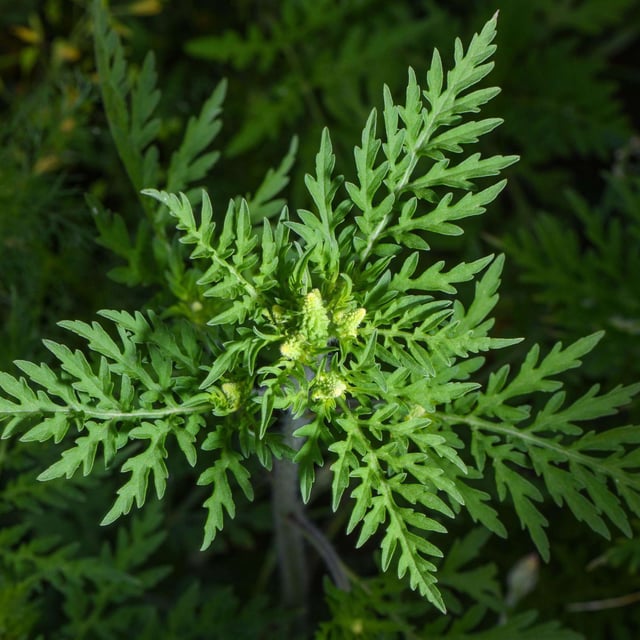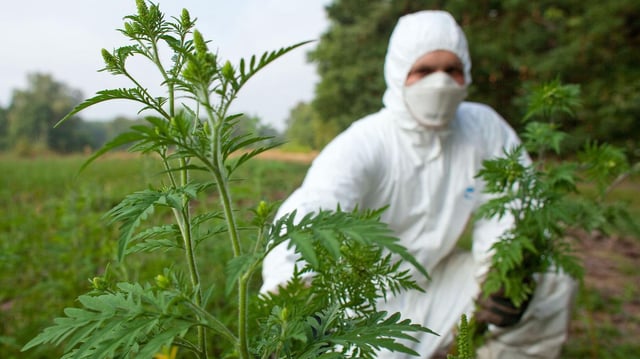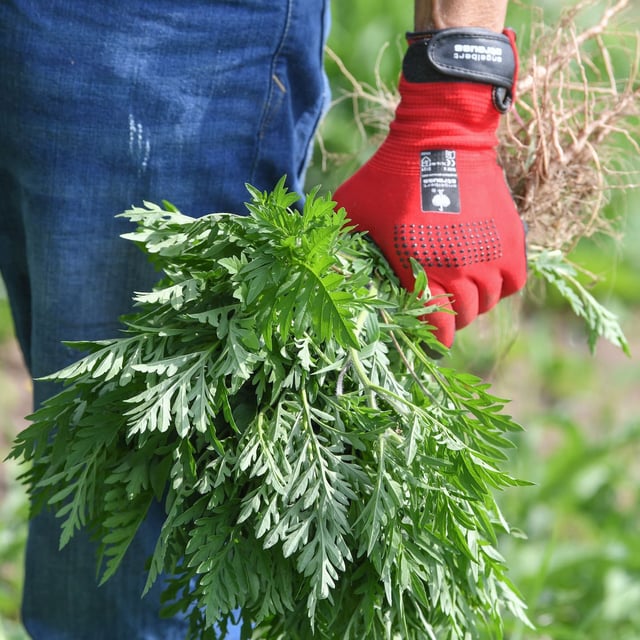Overview
- The Stiftung Deutscher Polleninformationsdienst reports the late‑summer bloom has begun, with recent warmth driving the first significant pollen loads in Niederlausitz in southeast Brandenburg.
- Most regions currently show very low or sporadic concentrations, though Bavaria saw a brief uptick last week from easterly winds transporting pollen from neighbouring countries.
- The invasive species is established in Germany, with concentrations especially in the South, the Southwest, southern Brandenburg and Hesse, according to the DWD.
- Ambrosia pollen pose a strong health risk — the Umweltbundesamt rates their allergy potential at about five times that of grass pollen — and roadside NO2 exposure can increase allergenic proteins.
- Forecasters warn that non‑systematic distribution data and the absence of statutory reporting or eradication obligations hinder accurate modelling, with some systematic monitoring halted since 2019.



